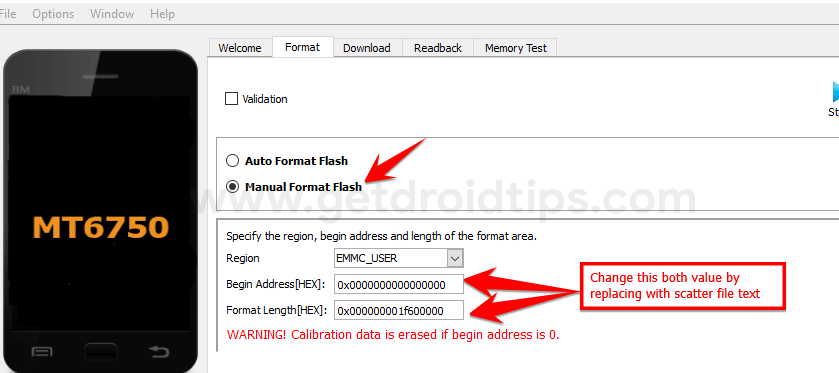Vivo is a Chinese technology company owned by BBK Electronics that designs and manufactures smartphones and smartphone accessories in China. Vivo Y93s is the latest budget smartphone with the latest Mediatek Helio P22 chipset and running Android 8.1 Oreo. In a newer generation of MediaTek devices, if you have done the system reset, you may find FRP Lock system on your device which is a new security measure provided by Google. You can’t do anything until you sign in or remove the previously used Google ID on your MediaTek device. Now, in that case, if you don’t know the credentials or can’t remember either, you should remove or bypass the FRP lock manually. In order to Remove Google Account or ByPass FRP lock on Vivo Y93s, we have provided a full guide. Check out the full article.
Talking about the specifications, Vivo Y93s features a 6.2-inch IPS LCD display with a screen resolution of 1520 x 720 Pixels. It is powered by MediaTek Helio P22 MT6762 processor coupled with 4GB of RAM. The phone packs 128GB internal memory with expandable storage support of 256GB via microSD card. The camera on the Vivo Y93s comes with a Dual 13MP + 2MP rear camera with LED dual-tone flash and 8MP front camera for selfies. It is backed by a Non-Removable 4,030 mAh Lithium-Polymer battery.
The FRP Lock stands for “Factory Reset Protection”. This is what you forgot you have previously used Google Account ID/password. Additionally, if you have purchased a second-hand device and done reset to use as a fresh device, you may also get the same message every time until you removed it. The message would be like “This device was reset, to continue to sign in with a google account that was previously synced on this device”.
Now, let’s take a look at FRP.

What is FRP?
FRP stands for ‘Factory Reset Protection’. It’s a new security feature from Google for the MediaTek-powered devices which activates when you log in with Gmail ID on your device for the first time ever. After it gets activated, the security feature prevents the phone from using until you provide the same Google Account Credentials. Therefore, if you lost your phone and someone fully reset your device to use it, it will ask for credentials. That’s a good move from Google though but if you forget it, you have to follow the below-mentioned steps to remove it.
Now, check out the pre-requirements before going to the download section and installation steps.
Pre-Requirements:
- Supported for: Vivo Y93s device only. Don’t try it on other devices.
- You will require a PC/Laptop and a USB cable in order to connect your device with the computer.
- Download SP Flash tool and extract it on your Windows PC/Laptop.
- Scatter File: Download Vivo Y93s Stock ROM from here. It’s required to proceed with the FRP removal process.
- Download VCOM Drivers and install it on your PC.
- Download the Vivo USB Drivers on your PC and install it.
- Charge the phone battery up to 60% at least to reduce the occasional shutdown during installation.
After following all the requirements from above, you can go to the steps to remove FRP lock manually.
Steps to ByPass FRP or Remove Google account on Vivo Y93s
Follow the below-mentioned steps to remove FRP lock on Vivo Y93s using SP Flash tool:

You can check out our full-depth tutorial video as well:
Video Guide on Remove Google Google Account Lock on a MediaTek Device using SP Flash ToolWe assume that this guide is helpful to you and you have successfully removed Google account from the Vivo Y93s device. Now, you can setup a new Google account on your MediaTek device and use properly. For any kind of issues or queries, let us know in the comments below.
